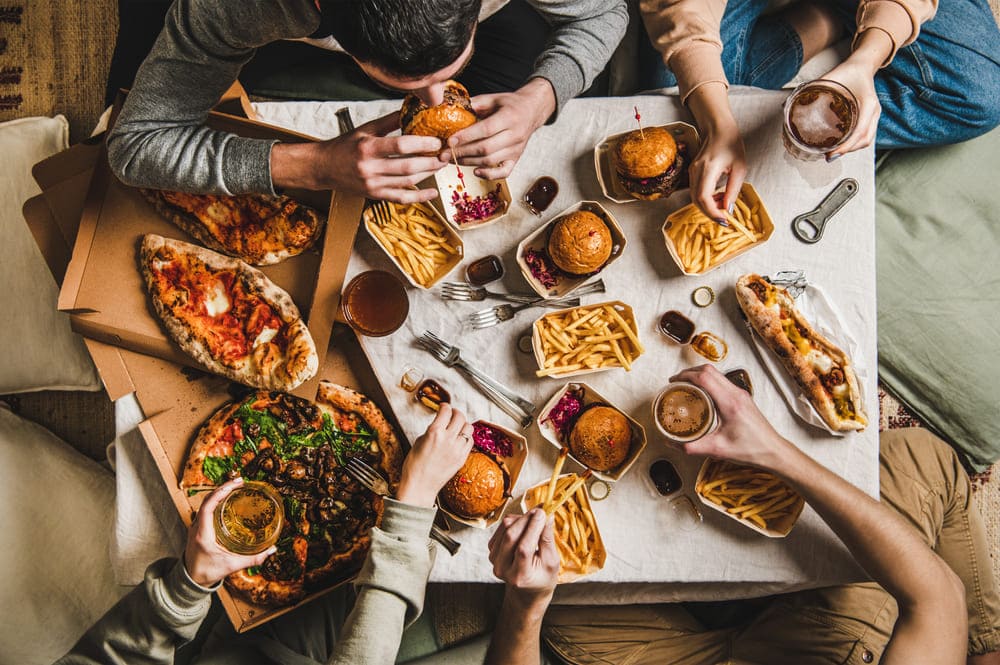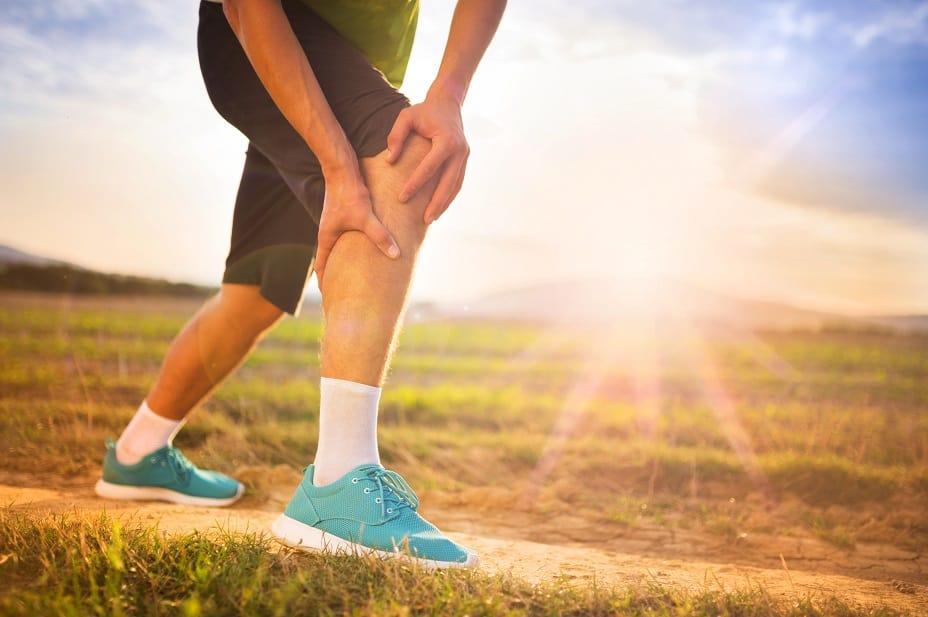In diabetes management, various medications are crucial in helping individuals maintain their blood sugar levels. One such medication is Glipizide. If you or someone you know is prescribed Glipizide, you might be wondering what Glipizide does, how Glipizide works, why it’s an important part of diabetes care, and foods to avoid while taking Glipizide. Here’s a comprehensive look at this medication.
What is Glipizide used for?
Glipizide is specifically prescribed for the management of type 2 diabetes, a condition in which the body either becomes resistant to insulin or doesn’t produce enough insulin to maintain normal glucose levels. It is not used for type 1 diabetes, which is a condition where the pancreas produces little to no insulin.
Diet and Glipizide:
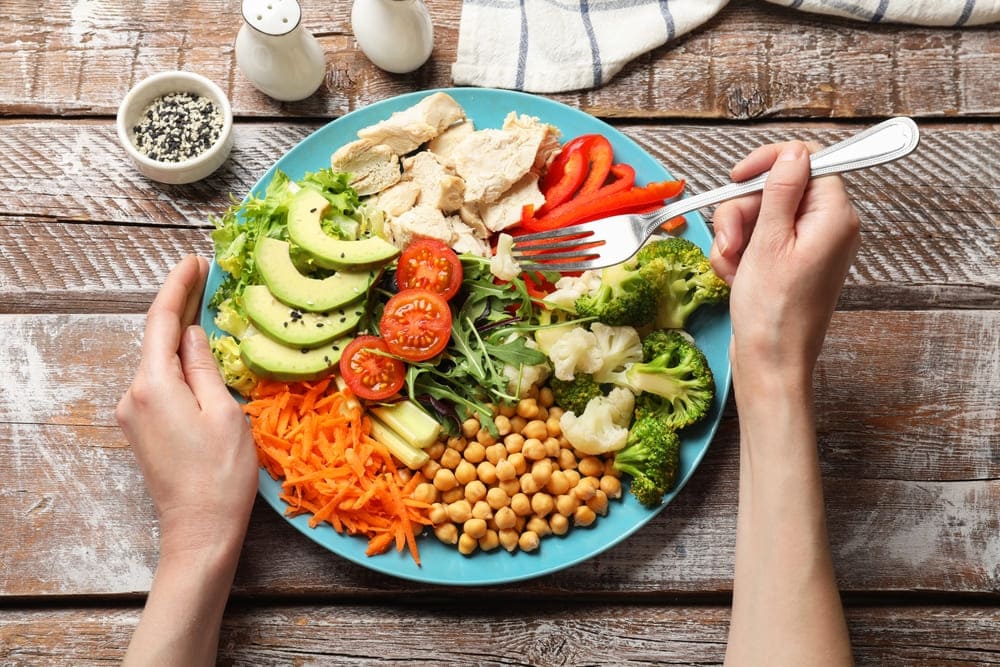
A healthy diet controls blood sugar levels and supports overall health. When taking Glipizide, your diet can enhance the medication’s effectiveness and help maintain stable blood glucose levels.
Here’s how:
- Balanced Meals: Eating balanced meals that include a mix of carbohydrates, proteins, and fats can help prevent blood sugar spikes and dips. Aim for meals that are rich in nutrients but low in refined sugars and unhealthy fats.
- Carbohydrate Management: Carbohydrates have a direct impact on blood sugar levels. Managing your carbohydrate intake is important by focusing on complex carbs like whole grains, legumes, and vegetables. These foods are digested more slowly, providing a steady release of glucose into the bloodstream and preventing rapid spikes in blood sugar.
- Consistent Meal Timing: Eating at regular intervals can help stabilize blood sugar levels. Consistent meal timing helps Glipizide work more effectively by reducing the risk of extreme blood sugar fluctuations.
Potential benefits of taking Glipizide with Food:
- Reduced Gastrointestinal Discomfort: Some people experience stomach upset or nausea when taking medications on an empty stomach. Taking Glipizide with food can help mitigate these side effects.
- Improved Adherence: If taking Glipizide with meals fits better into your daily routine, it may improve adherence to the medication regimen, which is crucial for effective diabetes management.
- Stable Blood Sugar Levels: By aligning the medication’s peak activity with your food intake, you may experience more stable blood sugar levels, especially if you have irregular eating patterns.
Foods to take with Glipizide:
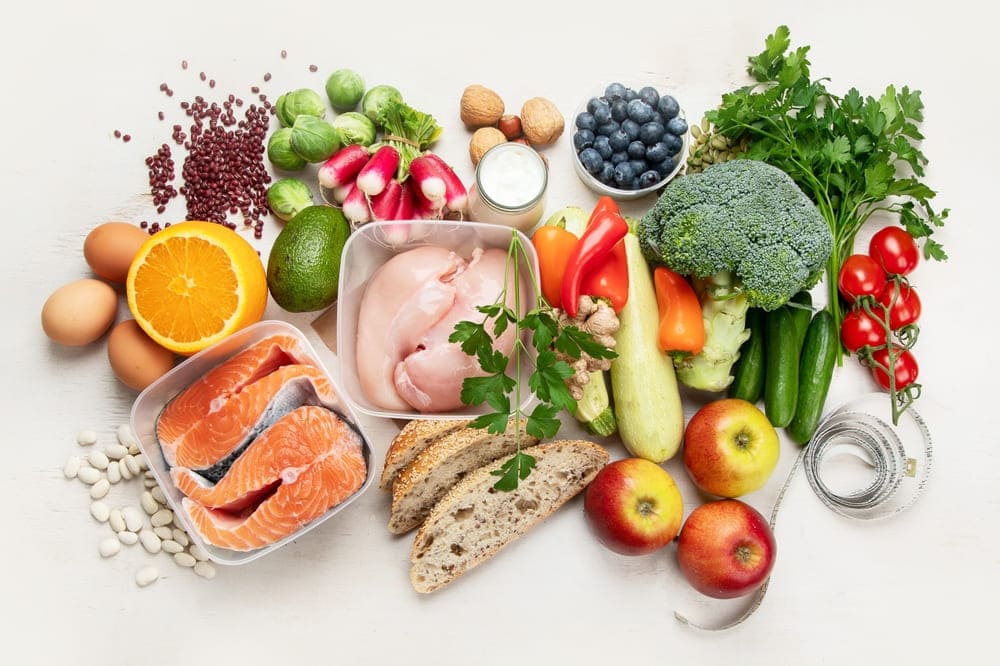
Here’s a guide to the best types of foods to take with Glipizide:
1. High-Fiber Foods: Fiber helps regulate blood sugar levels by slowing glucose absorption into the bloodstream. This can prevent rapid spikes in blood sugar levels.
Examples:
- Whole Grains: Brown rice, quinoa, whole wheat bread, and oatmeal.
- Legumes: Beans, lentils, and chickpeas.
- Vegetables: Leafy greens (spinach, kale), broccoli, carrots, and Brussels sprouts.
- Fruits: Apples, pears, berries, and oranges (with skins).
2. Lean Proteins: Protein can help stabilize blood sugar levels by slowing down digestion and reducing post-meal glucose spikes. It also aids in maintaining muscle mass and supporting overall health.
Examples:
- Poultry: Chicken breast or turkey.
- Fish: Salmon, tuna, and other fatty fish rich in omega-3 fatty acids.
- Tofu and Tempeh: Plant-based protein options.
- Eggs: A versatile source of high-quality protein.
3. Healthy Fats: Healthy fats can help control hunger and improve the absorption of essential nutrients. They also have minimal impact on blood sugar levels.
Examples:
- Avocado: Provides monounsaturated fats and fiber.
- Nuts and Seeds: Almonds, walnuts, chia seeds, and flaxseeds.
- Olive Oil: A good source of monounsaturated fats.
4. Low-Glycemic Index Foods: Foods with a low glycemic index (GI) have a slower effect on blood sugar levels compared to high-GI foods. They can help maintain more stable glucose levels throughout the day.
Examples:
- Non-Starchy Vegetables: Bell peppers, cucumbers, and zucchini.
- Legumes: Beans, lentils, and peas.
- Whole Grains: Barley and bulgur.
5. Balanced Meals: A well-balanced meal that includes a combination of carbohydrates, proteins, and fats can help maintain steady blood sugar levels and support overall health.
Examples:
- Breakfast: A bowl of oatmeal topped with berries and a handful of nuts.
- Lunch: A salad with mixed greens, grilled chicken, avocado, and a drizzle of olive oil.
- Dinner: Baked salmon with quinoa and steamed broccoli.
Foods to avoid while taking Glipizide:
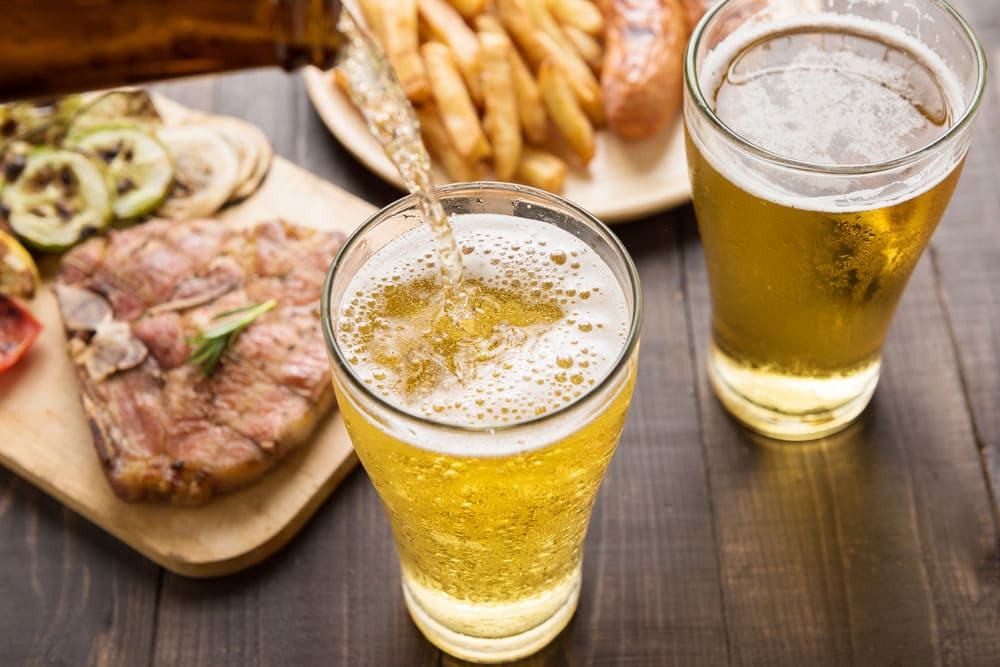
1. High-Sugar Foods: High-sugar foods can cause rapid spikes in blood glucose levels, which can counteract the benefits of Glipizide.
Examples:
- Sugary Snacks: Candy, chocolate, and sugary pastries.
- Sugary Beverages: Sodas, sweetened teas, and energy drinks.
- Desserts: Ice cream, cakes, cookies, and pies.
2. Refined Carbohydrates: Refined carbs are quickly digested and absorbed, leading to rapid increases in blood sugar levels. They offer little nutritional value and can contribute to weight gain, which is a concern for diabetes management.
Examples:
- White Bread: Made from refined flour and low in fiber.
- White Rice: Lacks the fiber and nutrients found in brown rice.
- Sugary Cereals: Often high in added sugars and low in fiber.
3. High-Glycemic Index Foods: Foods with a high glycemic index (GI) can cause rapid increases in blood sugar levels, making it harder to maintain stable glucose levels.
Examples:
- Potatoes: Especially when prepared as mashed or in chips.
- Pasta: Made from refined flour, particularly when overcooked.
- Certain Fruits: Watermelon and pineapple (in large quantities).
4. Alcohol: Alcohol can interact with Glipizide and increase the risk of hypoglycemia (low blood sugar). It can also affect blood sugar levels unpredictably, especially if consumed on an empty stomach or in large amounts.
Examples:
- Beer: Often high in carbohydrates and can affect blood sugar levels.
- Spirits: Vodka, whiskey, and other liquors can impact glucose levels and may interact with Glipizide.
- Sweetened Cocktails: Often high in sugars and can cause spikes in blood glucose.
5. High-Fat Foods: High-fat foods, particularly those rich in saturated and trans fats, can contribute to weight gain and worsen insulin resistance. Maintaining a healthy weight is crucial for effective diabetes management.
Examples:
- Fried Foods: French fries, fried chicken, and other deep-fried items.
- Processed Meats: Sausages, hot dogs, and bacon.
- High-Fat Dairy: Whole milk, cream, and full-fat cheese.
6. Large Portion Sizes: Overeating can lead to weight gain and may cause blood sugar levels to rise, complicating diabetes management.
Examples:
- Large Meals: Even if the food choices are healthy, large portions can lead to increased glucose levels.
- Snacking: Frequent large snacks can contribute to higher blood sugar levels.
7. Grapefruit and Grapefruit Juice: Grapefruit and its juice can interact with various medications, including some used to manage diabetes. While Glipizide is not commonly known to interact with grapefruit, it’s always best to consult with your healthcare provider about any potential interactions.
Exercise and Glipizide:

When it comes to exercise and glipizide, some things help a person to gain or help while consuming this medicine. Some types of exercises that can be beneficial include Aerobic Exercises (Walking, Cycling, Swimming), Strength Training (Squats, Push-ups, Chest presses), and Flexibility and Balance exercises (Stretching, Yoga, Tai Chi ).
Benefits of Exercise:
- Improved Blood Sugar Control: Regular physical activity helps to improve insulin sensitivity, allowing your body to use insulin more effectively and potentially lowering your blood sugar levels.
- Weight Management: Exercise helps with weight control, which can be beneficial since maintaining a healthy weight can improve blood sugar control and reduce the risk of complications related to diabetes.
- Enhanced Cardiovascular Health: People with diabetes are at higher risk for heart disease. Exercise improves cardiovascular health, reducing this risk.
- Mood and Energy Levels: Physical activity can improve mood and increase energy levels, which is beneficial for overall well-being and motivation to manage diabetes.
Endnote:
Avoiding or limiting high-sugar foods, refined carbohydrates, high-glycemic index foods, alcohol, high-fat items, and large portion sizes can help you manage your blood sugar levels more effectively while taking Glipizide. Read about foods to avoid while taking Glipizide to get a complete insight. By making informed dietary choices and working closely with your healthcare provider or a dietitian, you can enhance the effectiveness of Glipizide and achieve better diabetes management.
FAQs:
What happens if you take Glipizide and don’t eat?
Taking Glipizide without eating can significantly drop blood sugar levels, resulting in hypoglycemia (low blood sugar). Glipizide stimulates the pancreas to release more insulin, lowering blood glucose levels. When you don’t eat, there is no incoming glucose to balance the increased insulin production, which can cause your blood sugar to fall too low.
Does Glipizide cause weight gain?
Glipizide is generally not known to cause significant weight gain. While it stimulates the pancreas to produce more insulin, facilitating glucose uptake and storage, the direct link between Glipizide and weight gain is relatively minimal compared to other diabetes medications.
Can you take Glipizide three times a day?
Yes, Glipizide can be taken three times a day, but this depends on the specific formulation and the individual’s needs. For the immediate-release form of Glipizide, it is typically prescribed to be taken two to three times a day with meals to help manage blood sugar levels effectively. However, the extended-release formulation is usually taken once daily.
Can you take Metformin and Glipizide together?
Yes, Metformin and Glipizide can be taken together, and this combination is often used to manage type 2 diabetes effectively. Metformin reduces glucose production in the liver and improves insulin sensitivity, while Glipizide stimulates the pancreas to produce more insulin.
What happens if I take Glipizide at night?
Taking Glipizide at night can be effective for some individuals, particularly if it aligns with their meal patterns and blood sugar management goals. However, timing is important due to Glipizide’s mechanism of action. Since Glipizide stimulates insulin production from the pancreas, taking it at night could affect your blood sugar levels during the night or early morning.
How long does it take for Glipizide to work?
Glipizide typically begins to lower blood sugar levels within 1 to 2 hours after ingestion, stimulating the pancreas to release insulin. The peak effect of Glipizide usually occurs within 2 to 4 hours, and its duration of action can last for about 10 to 12 hours.
Does Glipizide cause diarrhea?
Diarrhea is not a common side effect of Glipizide, but it can occur in some individuals. While Glipizide is primarily known for its role in stimulating insulin production to manage blood sugar levels, gastrointestinal side effects like diarrhea may be experienced, albeit less frequently.
Does Glipizide lower blood sugar?
Yes, Glipizide effectively lowers blood sugar levels by stimulating the pancreas to produce more insulin. This medication belongs to a class of drugs called sulfonylureas, which enhance the body’s natural insulin production, thereby helping to reduce glucose levels in the blood.
Can you drink coffee with Glipizide?
Coffee itself does not typically interfere with the action of Glipizide, but caffeine can impact blood sugar levels and insulin sensitivity. Additionally, high-caffeine beverages or those with added sugars and creams can affect glucose levels and overall diabetes management. Hence it falls under the category of foods to avoid while taking Glipizide.
References:
- https://www.drugs.com/glipizide.html
- https://pubmed.ncbi.nlm.nih.gov/7002565/
- https://cabinethealth.com/blogs/journal/glipizide-and-diet-foods-to-steer-clear-of
- https://www.southwestfamilymed.com/blog/type-2-diabetes-diet-plan-list-of-foods-to-eat-and-avoid
